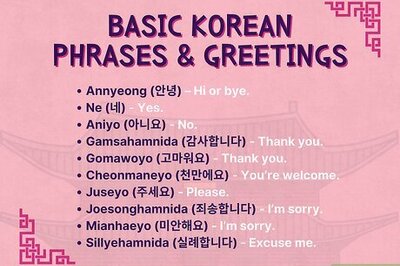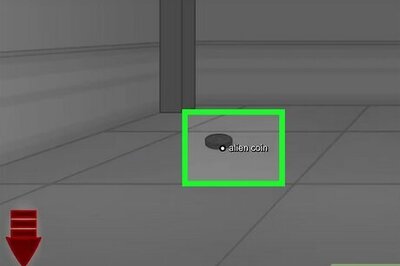
views
You can switch from a floating to a fixed interest rate for your ongoing home loan in India. This flexibility is offered by most banks and financial institutions to provide borrowers with options based on their risk appetite and interest rate expectations.
However, the process and implications depend on the specific terms and conditions of your home loan agreement and the policies of your lender.
Here’s how it generally works:
Key Points to Consider:
Conversion Charges: Banks typically charge a fee for converting your loan from floating to fixed. Lenders typically charge a conversion or processing fee for switching the interest rate type. This fee varies from lender to lender and can be a percentage of the outstanding loan amount or a fixed fee.
Lock-in Period: The fixed interest rate is usually locked in for a specific period (e.g., 3, 5 or 10 years). After this, you can again choose between fixed or floating.
Market Interest Rate Trends: If you anticipate interest rates to rise significantly, a fixed rate might be beneficial. However, if you expect rates to decline, a floating rate could be more advantageous.
New Fixed Rate: The fixed rate offered may be higher than the current floating rate. Ensure you understand the new rate and its impact on your EMI (Equated Monthly Instalment) and the total interest payable over the loan tenure.
How to Proceed?
Contact Your Lender: Reach out to your lender to express your interest in switching from a floating to a fixed rate. The lender will provide you with details of the available fixed-rate options.
Compare Rates: Check the fixed interest rate offered by your lender and compare it with other options available in the market.
Evaluate Your Financial Situation: Assess your financial goals and risk tolerance to make an informed decision.
Documentation: You may need to sign new documents or an amendment to your loan agreement. This process formalises the switch and ensures all parties agree to the new terms.
Fixed vs Floating Interest Rate Which Is Better?
While a fixed interest rate offers certainty, it also limits your potential benefit from declining interest rates.
Switching from floating to fixed can provide peace of mind with predictable EMIs, but it’s essential to weigh the pros and cons based on current and expected future interest rate trends.
Switching to a fixed rate might be beneficial if you expect interest rates to rise in the future. However, fixed rates are generally higher than floating rates, so it’s essential to consider whether the potential increase in floating rates justifies the switch.
If your current lender’s fixed-rate option is not favourable, you can also consider refinancing your home loan with another lender who offers better fixed-rate terms.




















Comments
0 comment